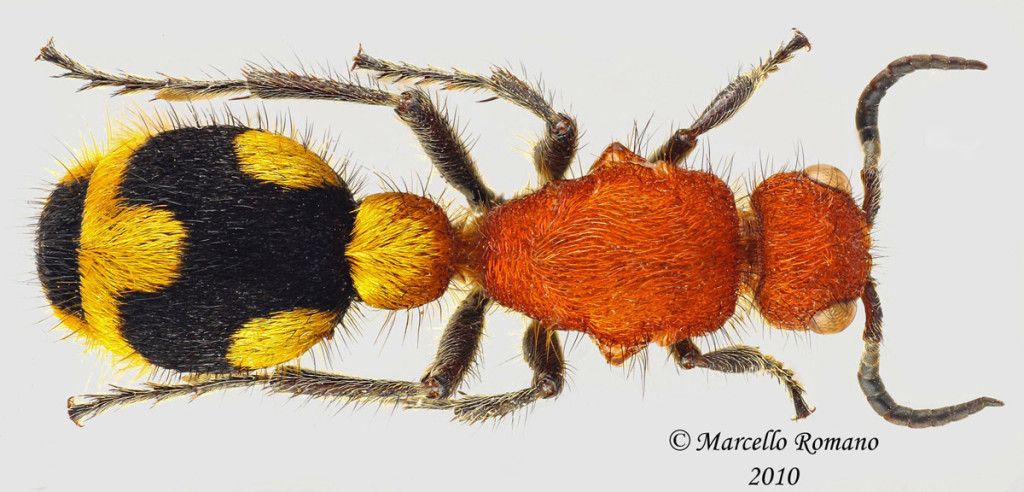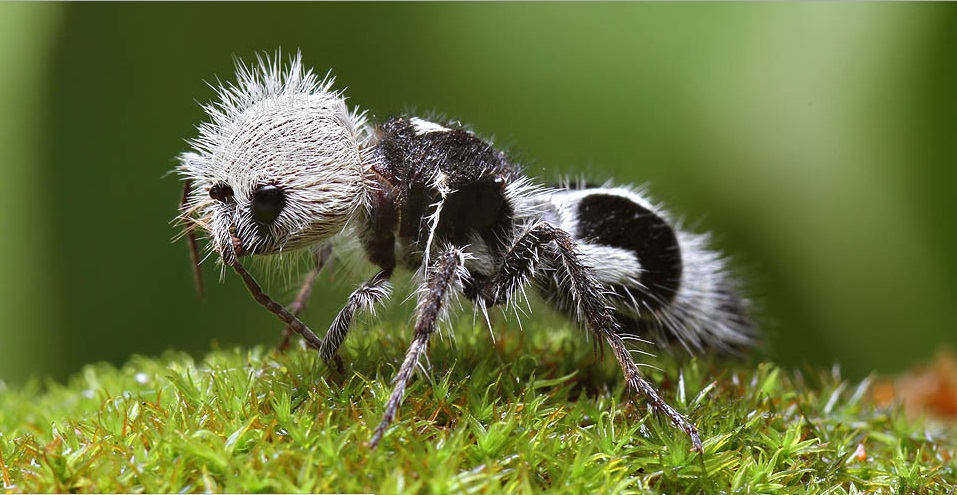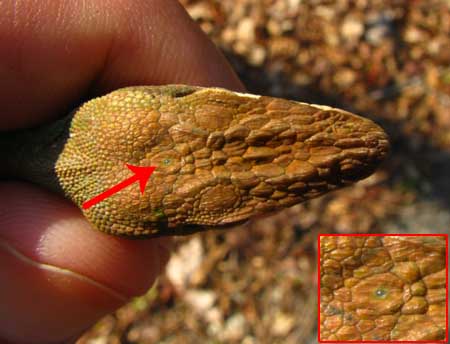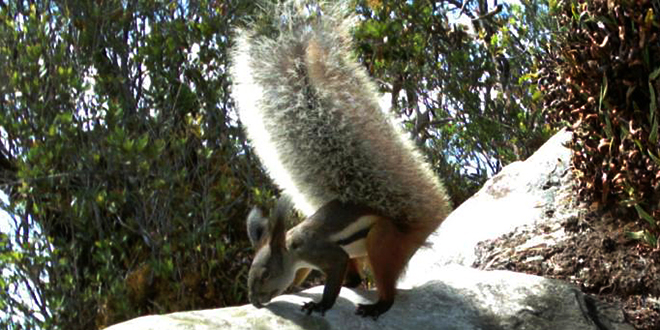Encephalization quotient (EQ) is something that measures the relative brain sizes of animals. Humans of course are at the top with an EQ of ~7.4. That means they have brains much larger than what you’d expect to have in an animal of that size. This quotient, by some, is considered to be a rough estimation of how intelligent that animal is. Larger it is, the more intelligent – or that is what is hypothesized.
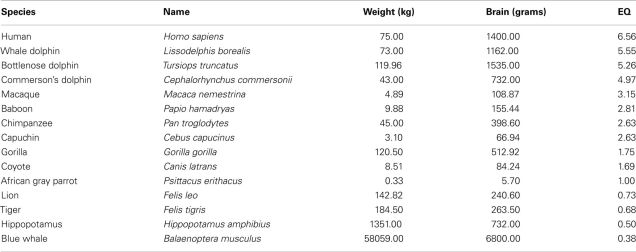
After humans, in this list, are dolphins. Some bottle-nose dolphins have been observed to have a EQ of even more than 5. Which is topped only by humans. Even intelligent primates have it in the range of 1.5-3. Some days ago we saw how dolphins justify their high EQ.
Another story which caught my attention was about this dolphin named Kelly who lives in the Institute for Marine Mammal Studies in Mississippi.
Kelly lives in a pool that gets rubbish thrown by the people who come to see her. So, she was trained by her trainer to collect all the pieces of garbage it could find. These pieces of collected garbage would then act as coupons and could later be exchanged for a fish. Good dinner right there.
Kelly started doing this very soon. An incredible thing for a dolphin to learn in the first place. But what is more amazing is that Kelly found a big piece of paper one day, went down to the bottom of the pool and hid the piece of paper under a rock. One by one she tore pieces off the paper got it up, and exchanged it for a fish, every time. One paper, many fish. That’s one unbelievable trick for a dolphin to figure out on her own! It actually trained the human.
Now, remember that Kelly got many more fish if she could find gulls and exchange them.
So this is what happened. One other time, she took the fish from her trainer and hid the fish under a rock and when there were no trainers around, she used the fish to woo a gull, caught it and exchanged it for many more fishes. Isn’t that what even our human kids fail at doing? Delayed gratification – see marshmallow test.
Once this started working good for Kelly, she taught her calves and other dolphin kids in the pool to do the same and trick the trainers into rain fish upon them.
via [TheGuardian]
